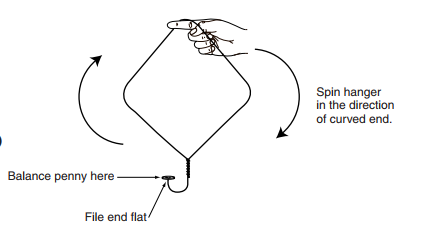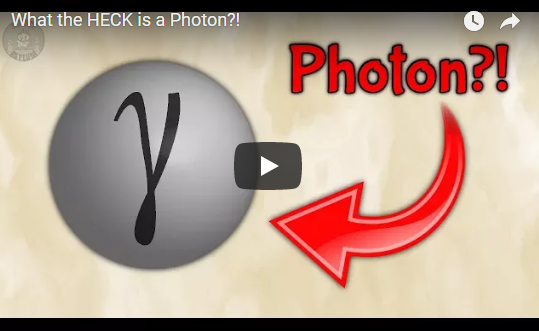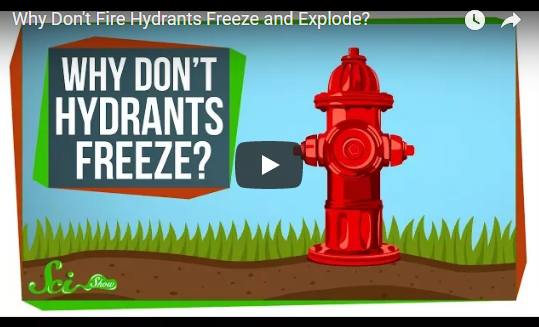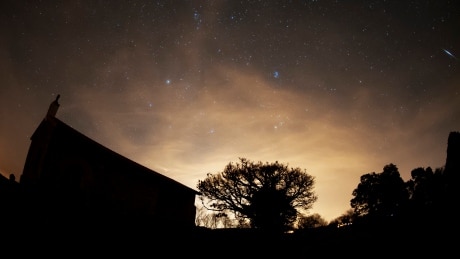
by msander | Jan 29, 2018 | Gr. 11-12 Physics
This video is about the astronomical amount of astronomical evidence for black holes, ranging from x-ray binaries with accretion disks, supermassive infrared-radiating galactic nuclei black holes, orbital characteristics of high mass binaries, and direct gravitational...

by msander | Jan 15, 2018 | Gr. 11-12 Physics
Introduction Take your students on an amusement park ride—for just a penny! Discuss how an object can be accelerating yet moving at constant speed. Investigate how a change in direction (at constant speed) is acceleration; that is, centripetal acceleration! Discussion...

by msander | Jan 1, 2018 | Gr. 11-12 Chemistry, Gr. 11-12 Physics
A photon is a purely quantum mechanical object representing the smallest piece of energy (or quanta) for light. Every quantum particle is a packet of energy though, so how do we tell photons apart from electrons, quarks, and neutrinos? Click here to go the source for...

by msander | Dec 14, 2017 | Gr. 11-12 Physics
Introduction The collision of objects is a great way to demonstrate the conservation of momentum. Engage students by having them drop and collide toy balls of different mass and size. The results may be surprising! This inquiry-based activity will really get your...

by msander | Dec 13, 2017 | Gr 4-6 Science & Tech, Gr 7-8 Science & Tech, Gr 9-10 Science, Gr. 11-12 Chemistry, Gr. 11-12 Physics
Pipes can freeze in the winter, but you never hear about fire hydrants freezing. What makes them safe from the cold temperatures in winter time? SciShow Finds: https://scishowfinds.com/ Click here to go to the source for more...

by msander | Dec 11, 2017 | Gr 4-6 Science & Tech, Gr 9-10 Science, Gr. 11-12 Physics
It’s the final — and some might say the best — meteor shower of the year: the Geminids. Here’s what to expect. Go to the CBC source article for more info: Source: How to watch the Geminid meteor shower








Recent Comments